

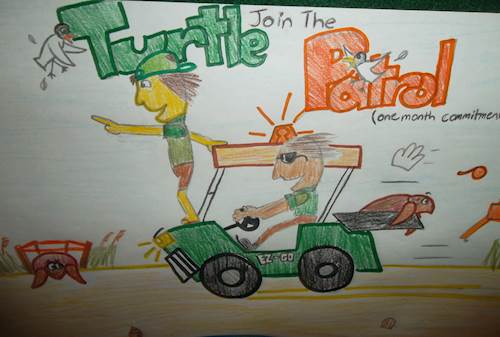
(Visit Sea Turtles Inc. for free activities about sea turtles. Learn about the different types of turtles and how they nest. Construct a model of a sea turtle and build a marine habitat. Learn about hatchlings and how they navigate, and how stranded turtles are cared for).
While vacationing at Edisto Beach, SC, we got a chance to tag along with the Sea Turtle Patrol, a group of volunteers who work with SC’s Department of Natural Resources to monitor and report turtle activity on Edisto Beach. The group helps to track and protect loggerhead turtles with the goal of increasing nesting success along the beaches.
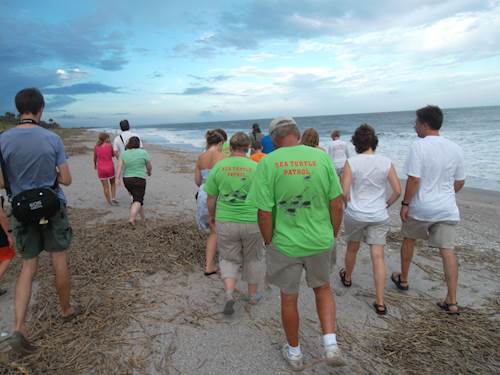
We set out with the group after 7 p.m. on a Friday evening to check a couple of nests on the beach off of Edisto Beach State Park. (We were staying at a campground there). The Turtle Patrol’s task was to count the hatched and unhatched eggs, and to count and release any hatchlings they uncovered into the sea. The data they obtain is shared with the Sea Turtles Restoration Project which you can learn more about at seaturtles.org.
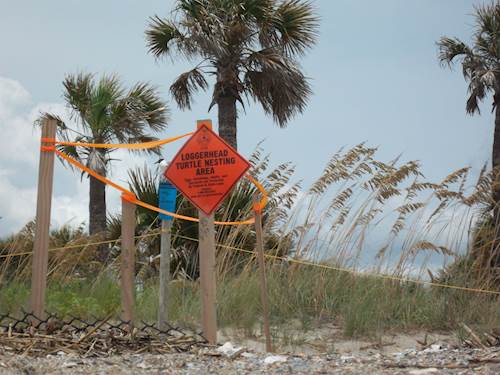
The loggerhead is one of seven kinds of sea turtles in the world, and is the state reptile for South Carolina. In the United States, the southeastern region from North Carolina to Florida hosts the majority of the nesting. The turtle has been listed as "threatened" on the United States Fish and Wildlife Service Endangered Species List since July of 1978. Loss of nesting habitat, due to such factors as coastal development, has been the greatest threat to the turtles. Conservation efforts aim to reclaim areas for turtle nesting to increase their odds of survival.
Loggerhead Turtle Nesting (from Edisto Beach State Park Environmental Learning Center).jpg)
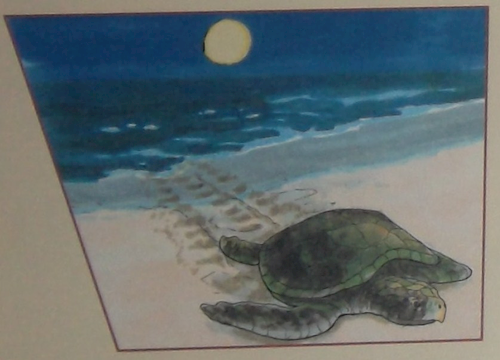
Every summer, sea turtles nest on our coasts. Individual turtles nest every two to three years, and lay an average of four nests per season. To nest, many females seek out the same area where they were hatched. This is the only time they will leave the protection of the ocean.
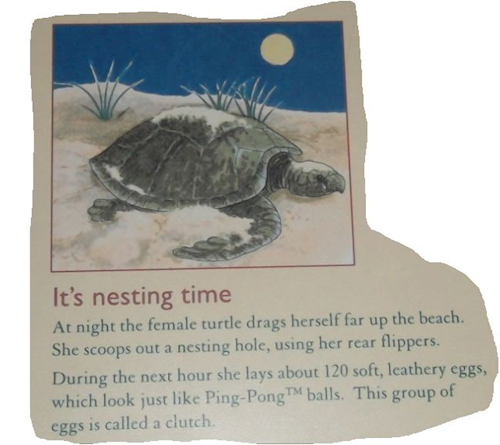

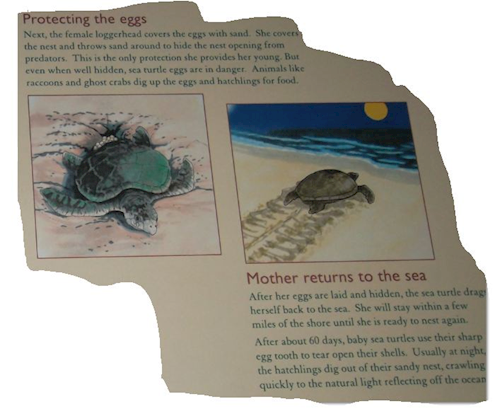
Come Out, Come Out
Typically, after the eggs hatch the babies wait 24 hours to emerge so they can soak up all the food in the egg yolks and be strong enough for the trek to and subsequent life in the ocean.
At the first nest we came to, they uncovered eight hatchlings. The second nest had six or seven.
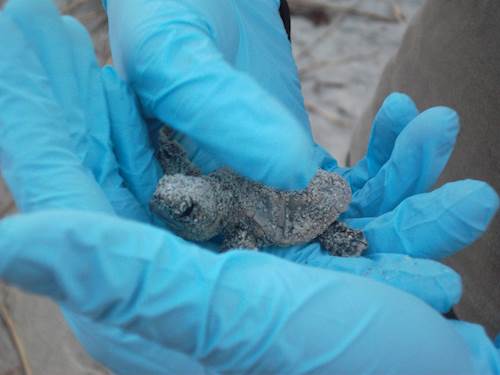
The hatchlings face many threats. It’s estimated that only 1 out of every 5,000 eggs develops into an adult animal. If the eggs don’t get eaten by raccoons or the hatchlings make it to the water without being scooped up by a shore bird, they still have to escape from fish, sharks and shrimp trawlers. 
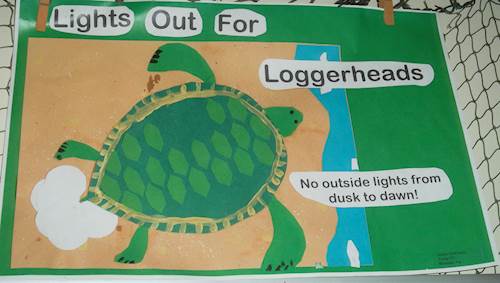
Even light threatens the hatchlings. When they emerge at night, they rely on light reflected off the water from the sky to guide them out to sea. Sometimes car headlights, street lights, or lights on buildings near the beach cause some hatchlings to travel in the wrong direction.
Out to Sea
After they collect the babies in buckets, they bring them out near the ocean’s edge where everyone gathers around to watch them creep out to the water. Everyone clapped and cheered as the waves rushed in and pulled the hatchlings out to sea and their new life. It was a nice ending to our trip.


Comments